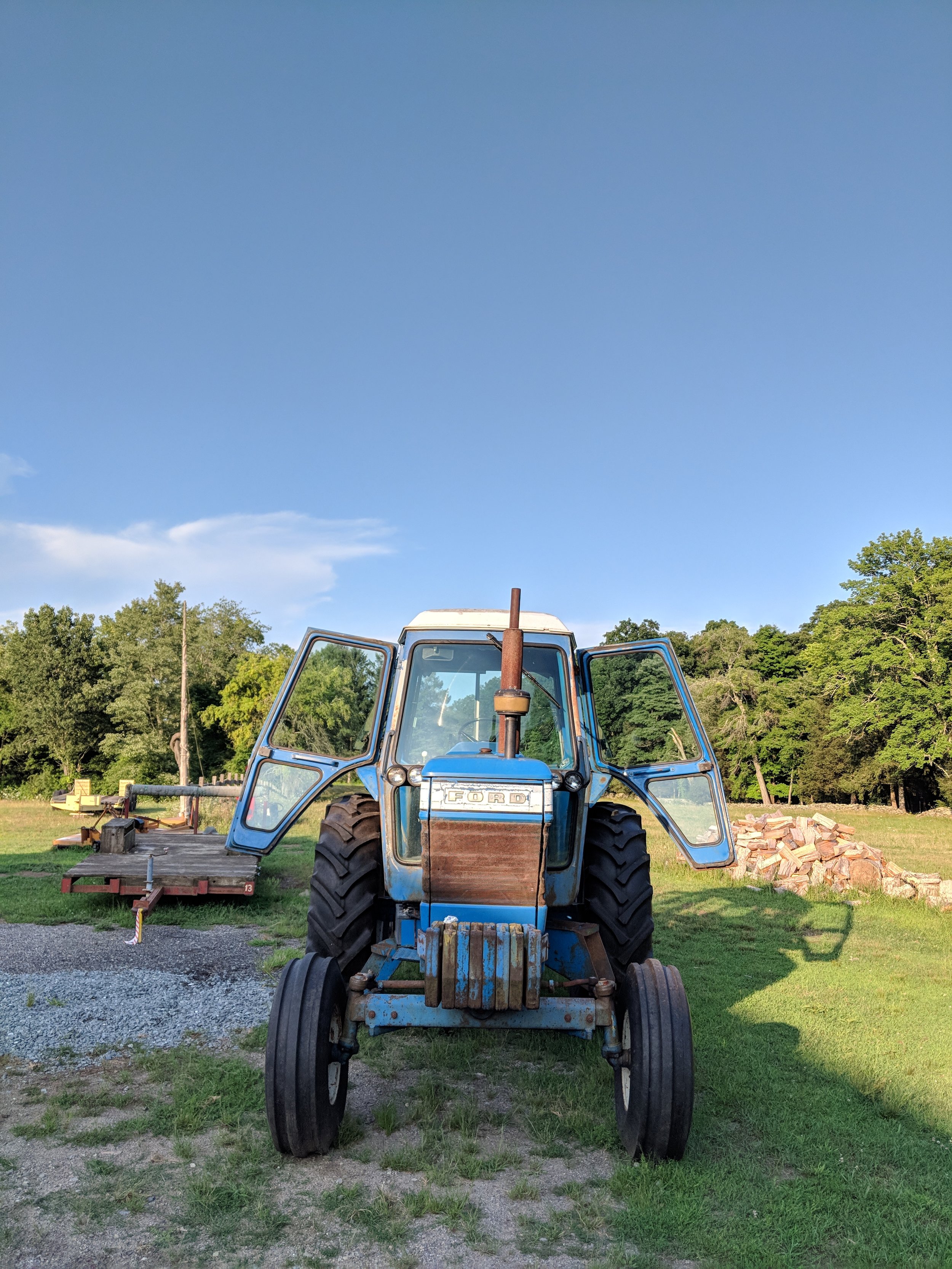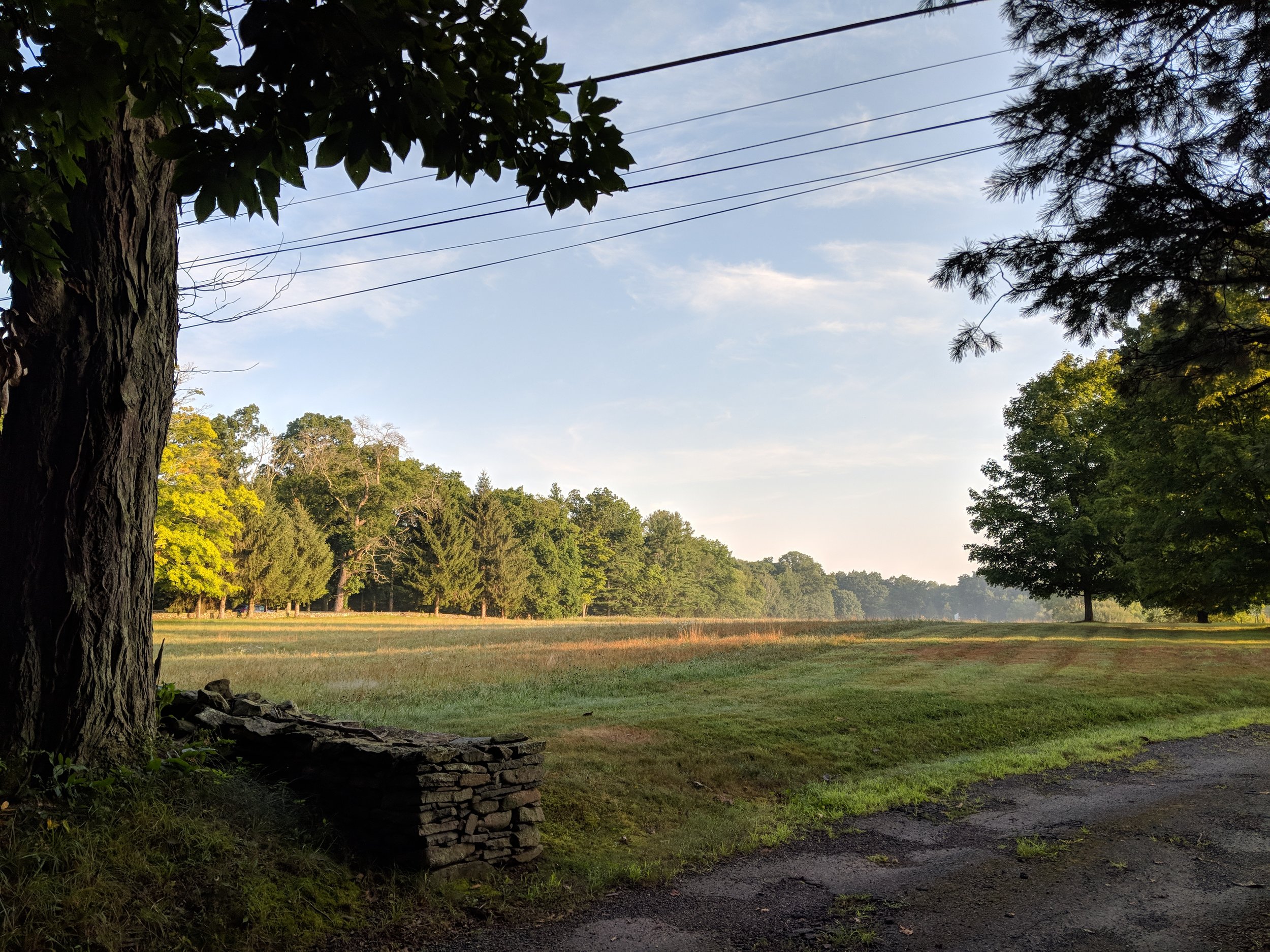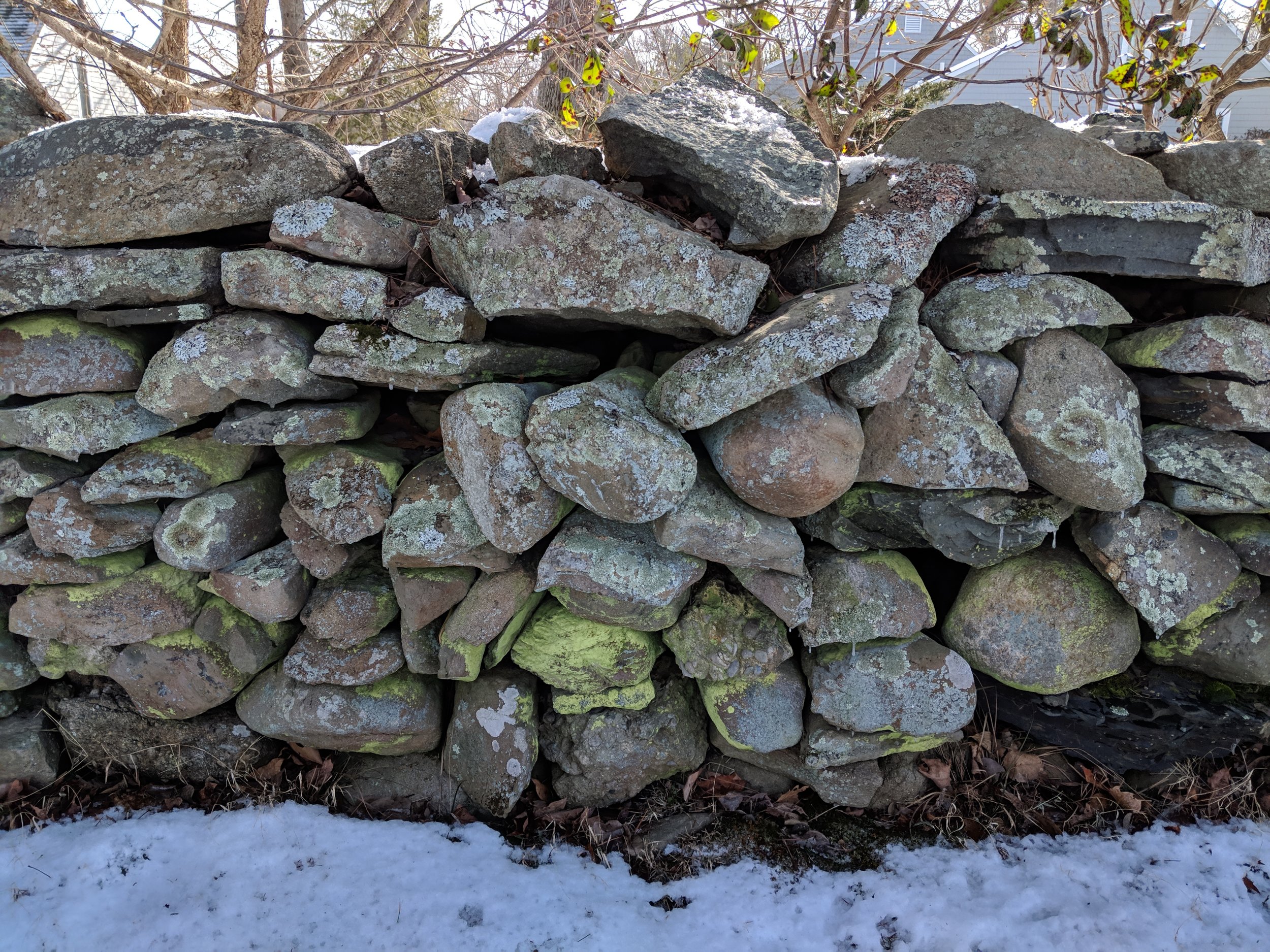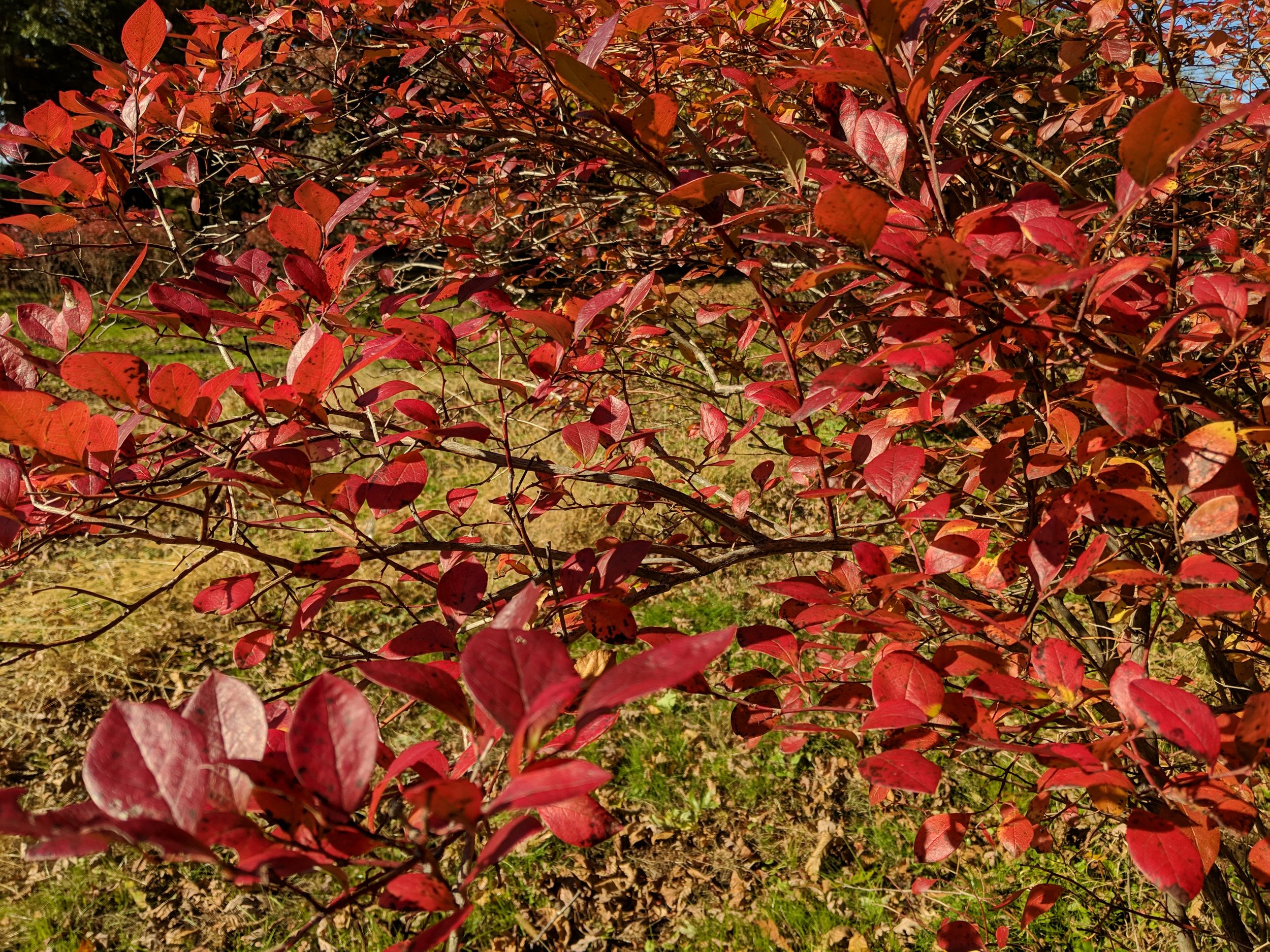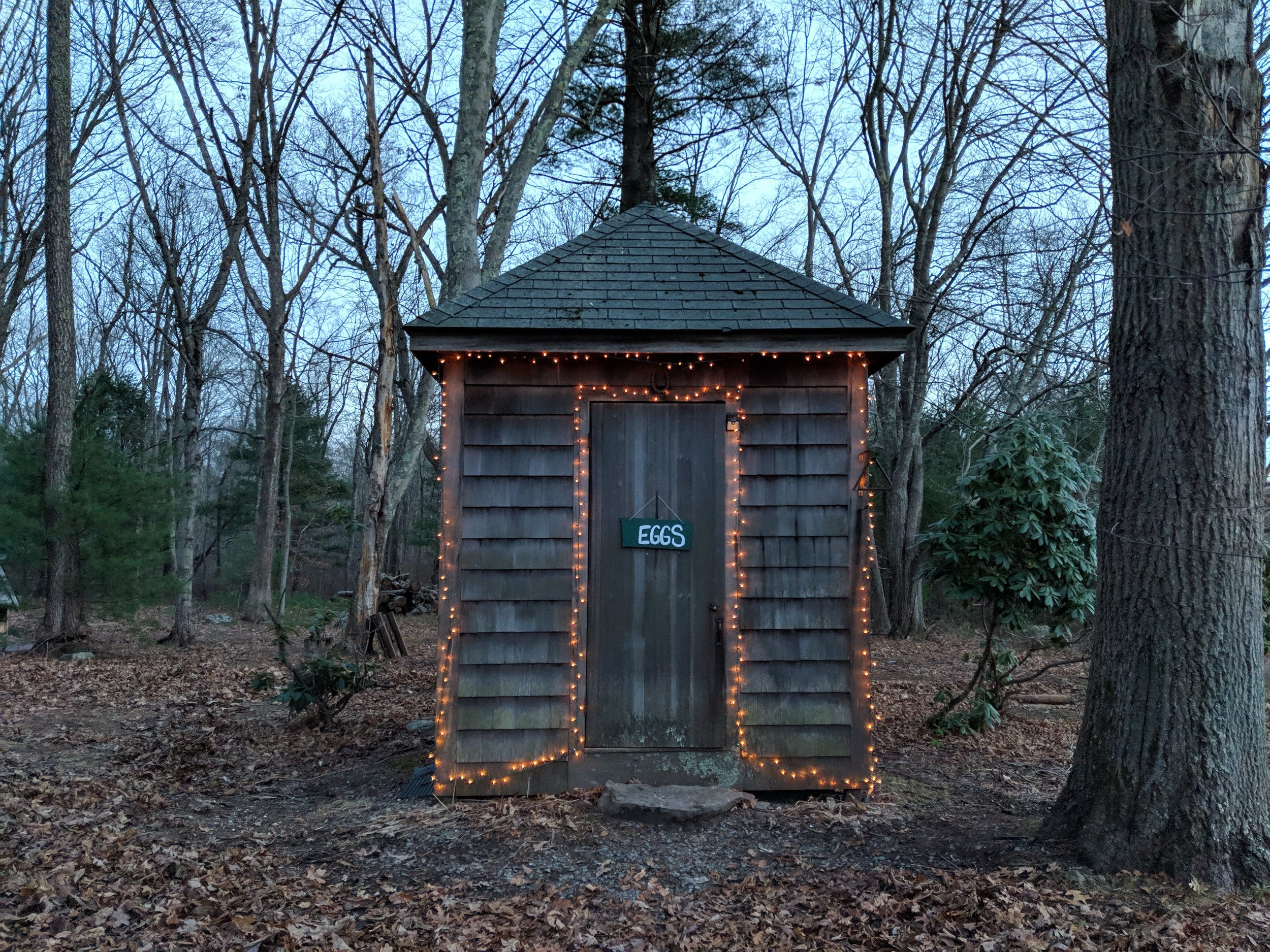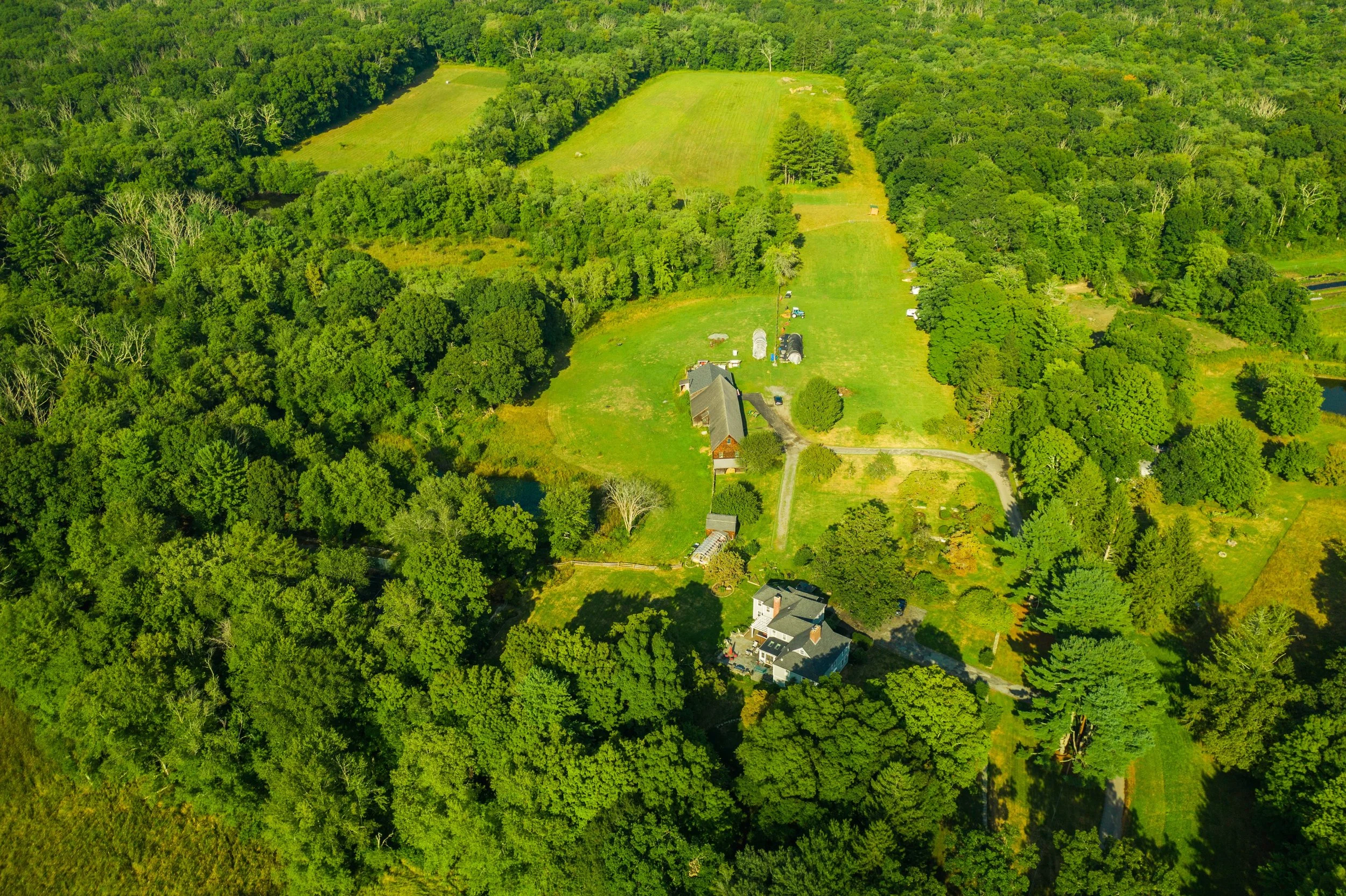Massasoit Ousamequin
Osamequin Farm’s name comes from the “great leader,” Massasoit Ousamequin of the Pokanoket nation (anglicized from “Pauquunaukit,” meaning “land at the clearing”). The Pokanoket are the First People of the land of Sowams, better known today as the towns of Seekonk, Rehoboth, Swansea, Bristol, Warren, Barrington, and East Providence. The Pokanoket have lived in this area for at least 12,000 years and have played a prominent role in its Indigenous and colonial history. They have long been environmental stewards who believe in respecting the creations of the Earth and in the value of their connection to the land.
At the time of the first contact with Europeans, the Pokanoket were the headship tribe of a Nation to which more than 60 tribes, bands and clans throughout New England held tribute and gave allegiance. Under the inherited leadership of Massasoit Ousamequin, the Pokanoket welcomed the English at Plymouth. In 1621, Massasoit Ousamequin negotiated a mutual defense agreement with the English settlers after seeing that they were struggling, and even welcomed Roger Williams to Pokanoket lands in 1636. However, 54 years of peace decayed as the growing population of settlers encroached and epidemics swept through Indigenous nations. After the death of the Massasoit in 1661, followed by the death of his oldest son, Wamsutta, the leadership of the Pokanoket nation was inherited by Metacom, Massasoit Ousamequin’s second son, in 1662.
Increasing tensions led to the 1675 so-called King Philip's War, which pitted a pan-Indigenous alliance against the united colonies and had the highest per-capita casualty rate of all wars in American history. In 1676, Metacom, or King Philip, as he was also called, was assassinated. Many captured survivors, including Metacom’s wife and son, were sold into slavery in Bermuda, the Azores, and the Caribbean, and Sowams was taken by land-grabbers. This war marked an extended period of persecution, in which colonial law allowed anyone identified as Pokanoket to be killed on site, causing the erasure of the Pokanoket identity.
Nevertheless, the Pokanoket have survived through four centuries of colonial occupation and are currently thriving. The Pokanoket Tribe currently has over 300 recognized members in Rhode Island and Massachusetts. The current leaders of the Pokanoket Tribe/Pokanoket Nation are the Sagamore Po Wauipi Neimpaug (“Winds of Thunder”), the nine-times great-grandson of Metacom, and the Sachem Po Pummukaonk Anoggs (“Dancing Star”), his ten-times great-granddaughter. Along with others in the Pokanoket Tribe, they openly share the richness of their culture and heritage with non-Indigenous neighbors and welcome the support and engagement of the broader community. Decolonization is an important step towards equity and justice, and in this spirit, the Pokanoket proudly declare that they are here and they are now.
This text is derived from a publication called “Pokanoket: The First People of the East Bay,” authored by students of Rogers Williams University in 2020 as part of a seminar called “Decolonizing the Land.” The students gathered information and details from the Pokanoket leaders and elders as well as surveying archival research.
The Carpenter family
The Carpenter family were the stewards of the land from the early 1700s until the 1930s. The earliest Carpenter immigrants were notably among the founders of the town of Rehoboth in 1644. The house at 80 Walnut St, known as the Carpenter Homestead and originally constructed in 1720, was added to the National Register of Historic Places in 1993 and is one of the oldest homes in Seekonk.
20th century Osamequin Farm
The Jencks family have been the stewards of Osamequin Farm since 1939. Thanks to the vision and care of Anne Beede Jencks (1928 - 2018), responsible, organic land care practices have been utilized on the property for decades. In 1985, the beloved Pick Your Own blueberry field was planted, and it remains a feature of the farm today! The land, which totals more than 400 contiguous acres in Seekonk and Rehoboth, is conserved and therefore will remain forever as it is today - a combination of wild nature and agricultural activities.
Present day Osamequin Farm - Our Mission
Our mission is to share the historic land of Osamequin Farm by hosting a cooperative of small scale farmers, public gatherings, and educational opportunities for our community.
All of our work is a direct reflection of our guiding values of cooperation, collaboration and stewardship.
From our organically-raised berries and cut flowers, to the heritage breed livestock who help us maintain the land, to the programs that enable our Seekonk neighbors and the greater Providence community to share in the abundance and beauty of the fields, forest and marshes - we take seriously our responsibility as stewards to conserve and protect the land in our care.
Audio Tour
Explore the past and present stories of Osamequin Farm through our audio tour.
The Sowams Heritage Area
You can explore the rich history of Sowams, including a detailed overview of historic sites and relevant events, at the Sowams Heritage Area website, https://sowamsheritagearea.org/wp/.
The Sowams Heritage Area Project (www.sowams.org) is undertaking an initiative to develop a National Heritage Area (NHA) in Sowams, the ancestral homeland of the Massasoit Ousamequin who welcomed the Pilgrims in 1621.
The project is led by a regional coalition of town planners, tourism entities, historical societies, environmentalists, Tribal leaders, and other volunteers from the nine towns and cities that today comprise Sowams, along the northeastern shore of Narragansett Bay.
NHAs protect and promote a region’s history, heritage and culture and use those assets to advance local economies through tourism, recreation and community development.
Join in the movement by visiting Sowams.org !
Our logo is a representation of the view of the marsh from the bridge over Walnut Street, which in pre-colonial times was known as the long dam. The indigenous inhabitants of the land are said to have created the dam to control the waters of the Runnins River that still flow through the farm and create a vast marsh.
Later inhabitants added the stone wall, and then the paved street that we use as the farm driveway today.
The image also includes goldenrod and joe-pye weed, which grow wild and abundantly along this marsh and others on the property, and throughout the northeast. These two plants are often seen growing together, and they are beloved by pollinators and gardeners alike.
Our hope is that the logo we use today brings together the many stories at play at Osamequin Farm - the first peoples’ footprint on the land, the colonial era modifications, and the symbiotic relationship between the farmers and the native landscape.

